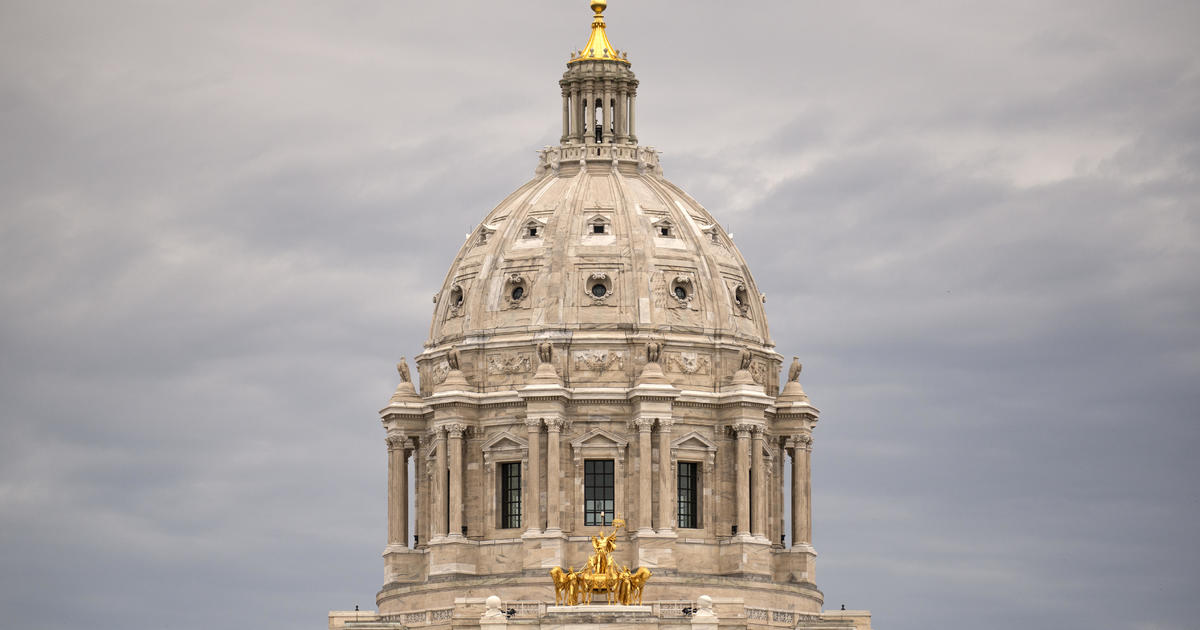Good Question: How Did Minn. Get A $6B Deficit?
ST. PAUL (WCCO) -- With a new state legislature and new Governor in office, Minnesota politicians are looking at a real mess. A projected budget deficit of $6.2 billion isn't a lot of fun. But how did we get here? What caused Minnesota to be so deep in the hole?
"It was a piling up of things," said Lee Munnich, Director of the State and Local Policy Center at the University of Minnesota's Humphrey Institute.
First of all, the deficit is not a literal deficit at this point. "In fact, we can't have a deficit," said Munnich.
Unlike the federal government, the state of Minnesota cannot go into a deficit-spending mode. So the budget, by law, must be balanced.
The state is ending 2010 with about $400 million more dollars than it spent, according to the Minnesota Office of Management and Budget.
The $6 billion hole is a projection for the next two years, the next budget period. So how do you go from having extra money to such a severe deficit?
"There's been a lot of shifting that's been taking place," said Munnich.
For example, according to the state, there was a $1.9 billion shift of K-12 education payments, meaning money that the state should have delivered to local school districts was delayed to the next budget period.
"You can do that once, but you can't do it again. That's the problem," said Munnich.
The state also received $2.3 billion in stimulus money from the federal government, and used that in Fiscal Year 2010-2011. That greatly cut the state's obligations for the Medical Assistance Program, for example.
Munnich said it'd be easy to blame legislators and the former governor for engaging in such one-time cost-shifts without dealing with the underlying problems, but it's the same thing ordinary people do when they deal with something severe, like a loss of a job.
"You're going to look at some different strategies. One of those might be to postpone some bills. Maybe let the credit card run a little bit longer. So we've all done it individually," he said.
But all those shifts and one-time solutions hide the underlying structural budget issues. Demographers have long watched the aging population, which combined with out-of-control health care costs is a huge budget-driver. In the next budget cycle, removing the impact of the one-time cost shifts, real program costs are expected to go up $1.4 billion.
And the bad means more Minnesotans are out of work, which is putting a strain on income tax and sales tax collections. Right now, those collections are projected to be $900 million below some earlier budget projections.
Bottom line: revenue is expected to rise 5 percent, spending is expected to rise 27.5 percent. If you remove the impact of the one-time budget shifts and events, spending would be up closer to 6.6 percent, according to Management & Budget.
"We're not the only ones" with these problems, according to Munnich.
According to the Center on Budget and Policy Priorities, at least 40 states have to fix a projected budget deficit. The shortfall in Illinois is 50 percent of the total budget. Nevada and New Jersey are at 37 percent, while Minnesota's shortfall is 25 percent.
"Do they really want to cut spending seriously, or are they ready to raise taxes? Those are tough issues and so those have been avoided," said Munnich.
WCCO-TV's Jason DeRusha Reports



